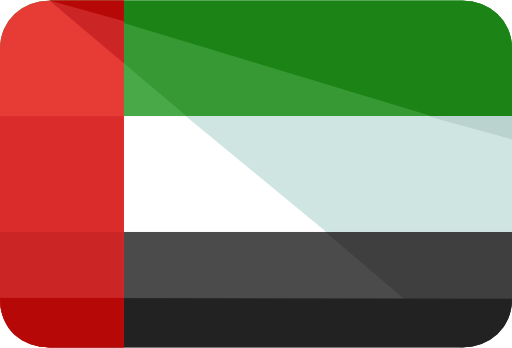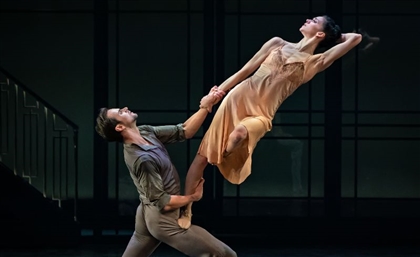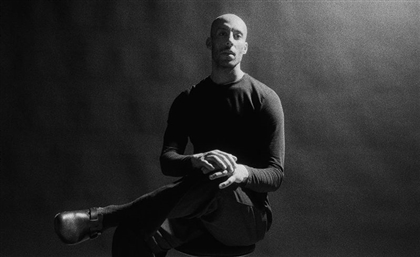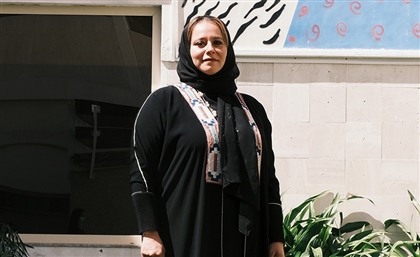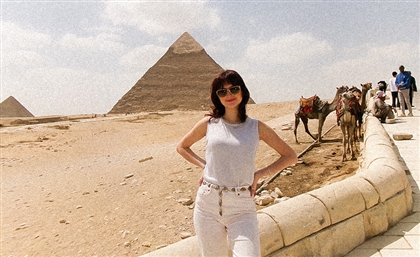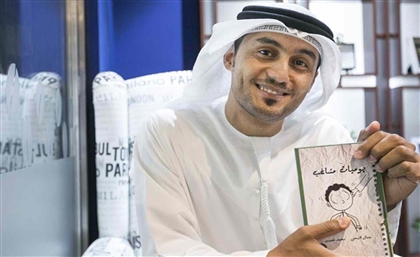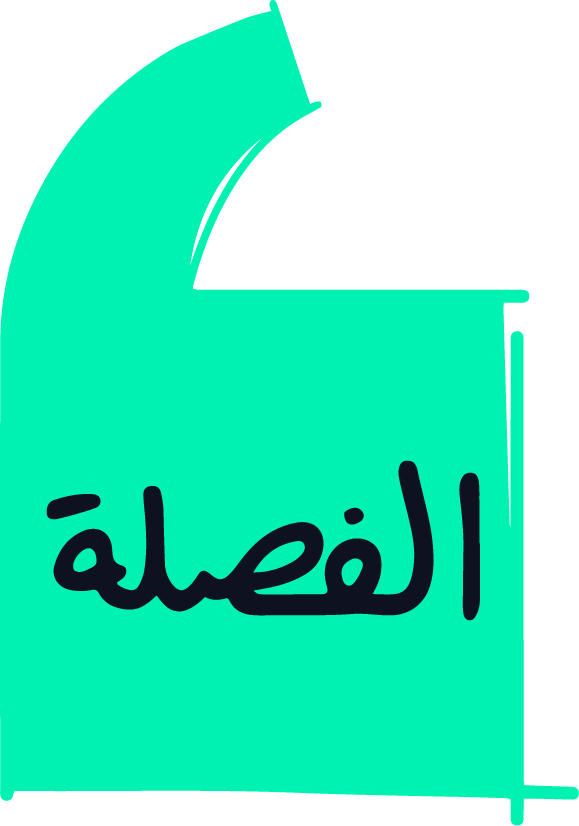Performance Artist Bilal Allaf Walked for 24 Hours in Jeddah's Desert
“Movement is prayer. It’s how I survive.”
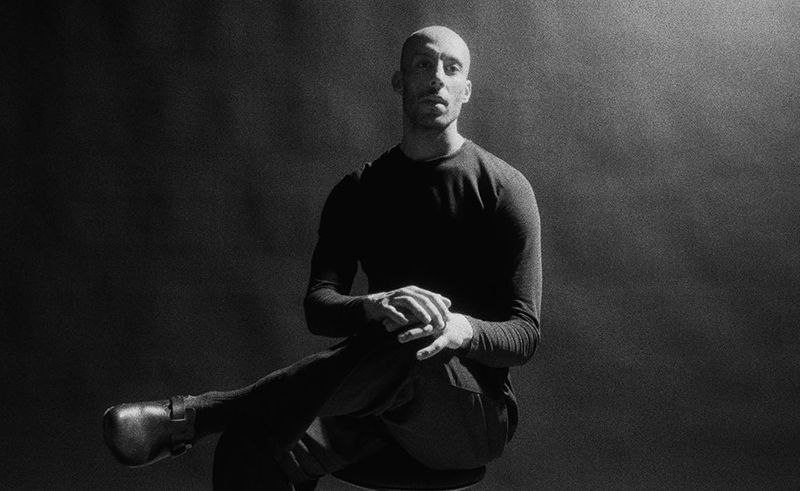
At the 2025 Biennale for Islamic Arts, choreographer and performance artist Bilal Allaf presented a performance piece called ‘What I Heard in the Valley’, in which he walked slowly, intentionally, through a rocky valley outside Jeddah for 24 hours. The act of walking is something everyone does every day - it’s relatively simple. But Allaf’s piece invited a certain slowness that brought its viewers to question the perceived mundanity of the task.
‘What I Heard in the Valley’ is one of Allaf’s more explicitly spiritual works, but this inwardness is replicated in much of his other work. The first seeds of the piece were planted in Allaf’s mind when he was performing Umrah with one of his students, and got to meditate on the action of praying - whether it was with words or thoughts. The very physical nature of Islamic prayer drove Allaf to the conclusion that praying was rooted in the non-verbal. The stages of Umrah confirmed his theory; the Tawaf done around the Ka’aba is very different from the Sa’i done between Safa and Marwa. Both are deeply spiritual, but very different in the pursuits they represent.
“Sa’i between Safa and Marwa is a very physically taxing experience,” Allaf told SceneNowSaudi. “While performing it, I began to remember why this sa’i is so important in Islam, and I found myself deeply connecting with the story of Hajar. She was trying to survive, in the desert, and she performed this movement. Movement is my medium for the same reason. I want to survive, and then thrive, with my body.”
Allaf was drawn to movement from the very beginning of his life, and he constantly returned to it. When he was struggling through a nanotechnology degree in Germany, he turned to dance. When he felt disconnected from himself as he studied and worked in film, he turned to dance. When COVID-19 hit and Allaf was suddenly back in his parents' home, unsure what to do, he turned to dance. Even while growing up in Jeddah, he invested his effort in sports. Like Hajar, he allowed movement to lead him to survival.
During the time he spent back in Saudi when COVID-19 hit, Allaf - naturally - had to dance. He performed at home, filmed himself and posted it online. “I didn’t think dance and performance arts would have a place in Saudi Arabia. I never even mentioned that I had received training to dance. I didn’t think it would be controversial, I just thought it was irrelevant. But I was approached for a performance at the Saudi pavilion at Dubai Expo 2020.”
Ever since he graduated high school, Allaf has not really gotten to enjoy a permanent home. “The body is our home, and my practice is a practice of freedom," he says. "The body is our main tool of perception, of both ourselves and the world, and expression. I'm a big believer of the concept of the body as just enough - to experience and express."
Allaf imagines his performances as a conversation, both in the process of creating them and during exhibition. At the Islamic Arts Biennale, he sat in front of the video of his performance every day, eager to speak with viewers about what they saw and what they felt - not to explain his art, but to expand on it. “A woman came to me, and she said she skipped work just to ask me a couple of questions, hoping to find some answers, because when she saw this artwork for the first time, she felt very relieved, and she felt hopeful," Allaf shared. "That was all the feedback I needed.”
Currently, Allaf is in the process of building Beit Bee, a performance arts studio in Jeddah, to expand the impact he can make. Beit Bee is built to be an allowing space where people can begin to explore the habitability of their own bodies as their homes, through movement.
Trending This Week
-
Dec 27, 2025



